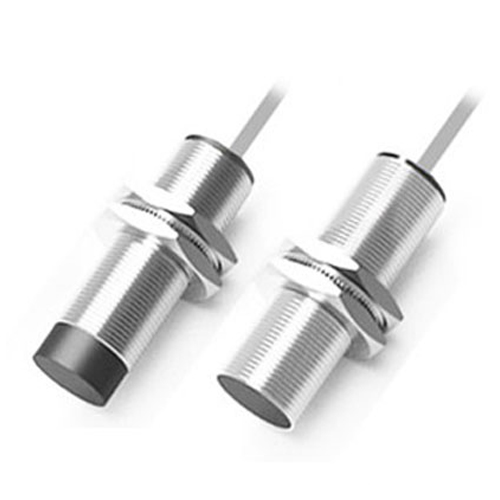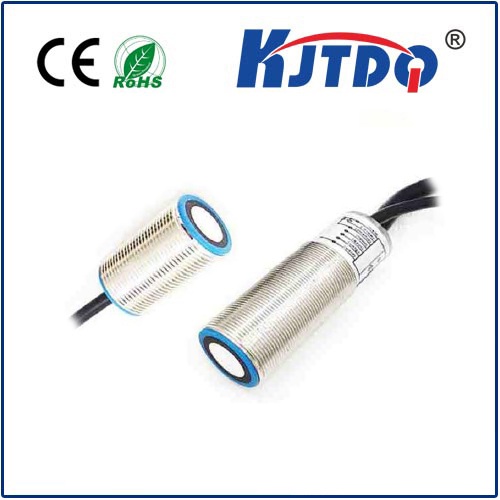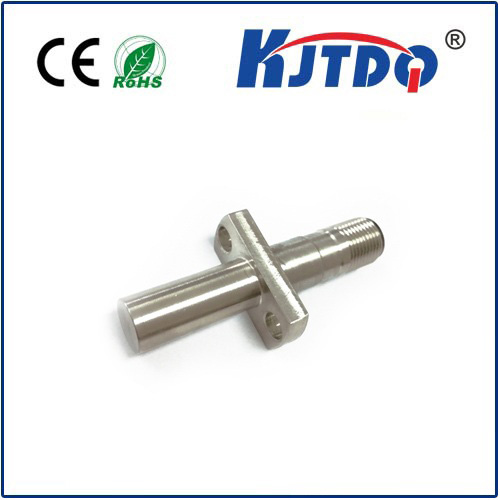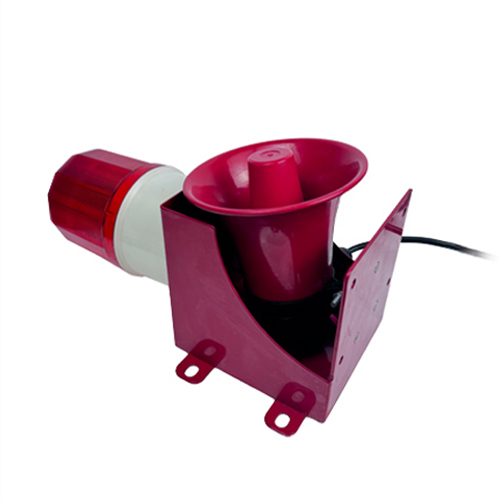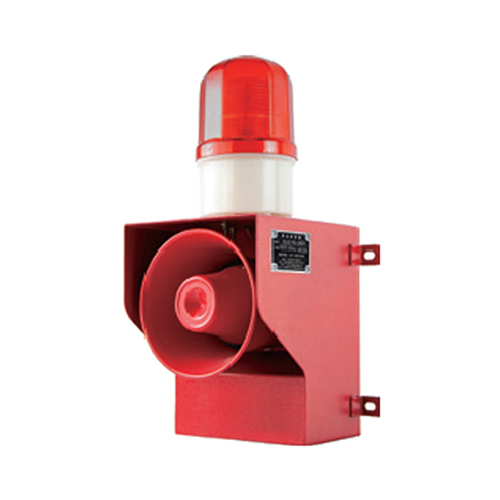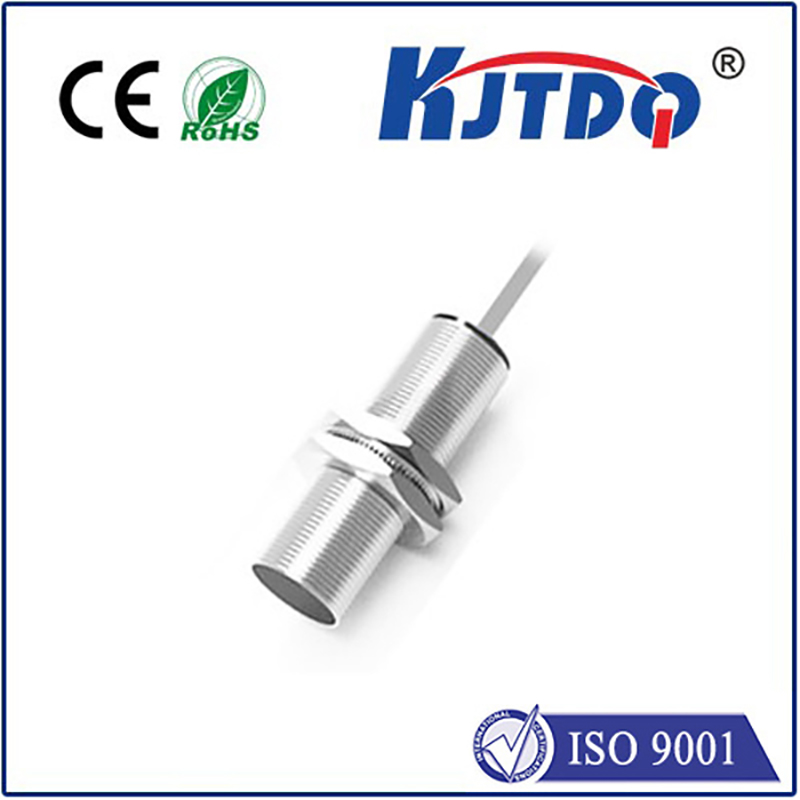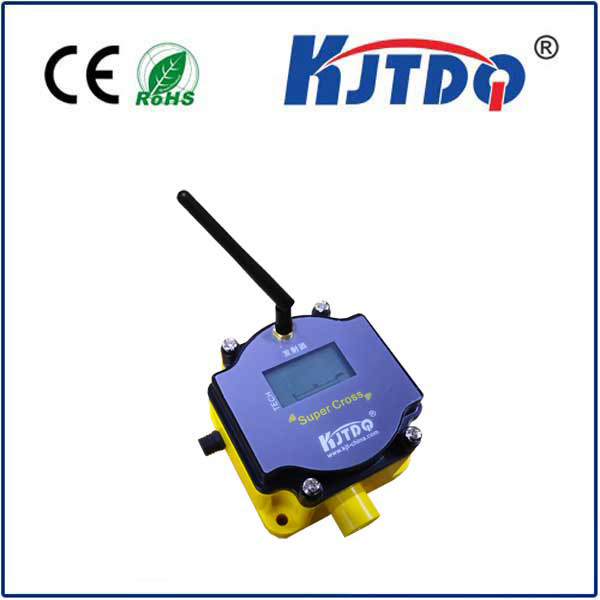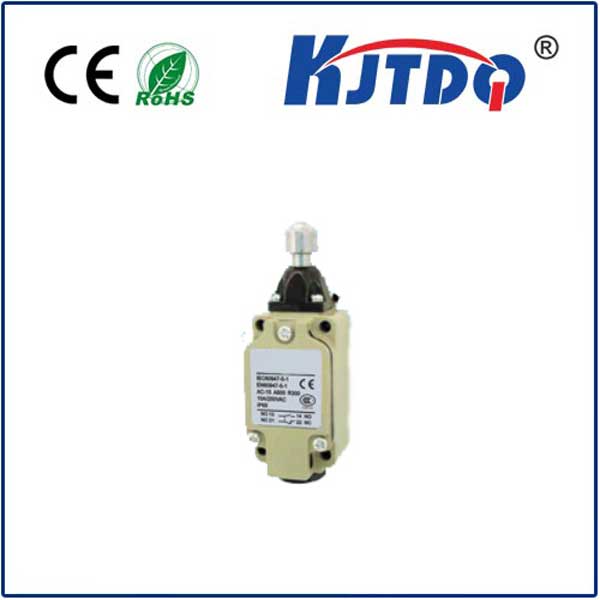Unlocking Precision: The Power of Confocal Probe Technology in Modern Science In the ever-evolving world of scientific research and industrial applications, precision is paramount. Whether it’s analyzing microscopic structures or ensuring the quality of advanced materials, the ability to measure and visualize with accuracy is a game-changer. Enter the конфокальный зонд—a cutting-edge tool that has revolutionized the way we approach high-resolution imaging and measurement. But what exactly is a confocal probe, and why is it so indispensable in today’s technological landscape? Let’s dive into the fascinating world of confocal probe technology and explore its applications, benefits, and future potential.
А.конфокальный зонд is an optical device that utilizes the principles of confocal microscopy to achieve high-resolution, three-dimensional imaging and precise measurement of surfaces. Unlike traditional microscopy, which captures light from the entire sample, a confocal probe focuses a laser beam onto a single point, eliminating out-of-focus light. This results in sharper, more detailed images and highly accurate measurements. The technology behind confocal probes is rooted in their ability to scan a surface point-by-point, reconstructing a detailed 3D model. This makes them ideal for applications where precision is critical, such as semiconductor manufacturing, biomedical research, and material science.
At its core, a confocal probe operates on the principle of optical sectioning. Here’s a simplified breakdown of the process:
Laser Illumination: A laser beam is focused onto a specific point on the sample.
Light Detection: The reflected light is collected through a pinhole aperture, which filters out unwanted light from out-of-focus planes.
Scanning: The probe moves systematically across the sample, capturing data point-by-point.

Image Reconstruction: The collected data is processed to create a detailed 3D image or surface profile. This method ensures that only the light from the focal plane is detected, resulting in unparalleled clarity and precision.
The versatility of confocal probes has made them indispensable across various industries. Here are some of the most prominent applications:
In industries like aerospace, automotive, and electronics, the surface finish and dimensional accuracy of components are critical. Confocal probes are used to inspect and measure intricate parts, ensuring they meet stringent quality standards. For example, in semiconductor manufacturing, confocal probes can detect micro-scale defects that might otherwise go unnoticed.
In the field of life sciences, confocal probes are used to study cellular structures and tissue samples with exceptional detail. They enable researchers to visualize processes like cell division, protein interactions, and drug delivery in real-time, providing invaluable insights into biological mechanisms.
Confocal probes are instrumental in analyzing the morphology and composition of advanced materials. Whether it’s studying the surface of a new alloy or examining the layers of a composite material, confocal probes offer a non-destructive way to gather critical data.
In forensics, confocal probes can analyze the surface of evidence, such as fingerprints or tool marks, with high precision. Similarly, in art restoration, they help conservators examine the layers of paint and varnish without damaging the artwork.
The widespread adoption of confocal probes can be attributed to their numerous advantages:
High Resolution: Confocal probes deliver images and measurements with micron-level accuracy.
Non-Destructive Testing: Unlike traditional methods, confocal probes do not damage the sample, making them ideal for delicate materials.
Многогранный.: They can be used on a wide range of surfaces, from reflective metals to transparent materials.
3D Imaging: Confocal probes provide detailed 3D models, offering a comprehensive view of the sample.
While confocal probes offer remarkable capabilities, they are not without challenges. One limitation is their scanning speed, which can be slower compared to other imaging techniques. Additionally, the cost of advanced confocal probe systems can be prohibitive for some users. However, ongoing research is addressing these issues. Innovations in faster scanning algorithms, miniaturized probes, and cost-effective designs are paving the way for broader adoption. There is also growing interest in integrating confocal probes with other technologies, such as artificial intelligence, to enhance data analysis and interpretation.
The конфокальный зонд is more than just a tool—it’s a gateway to precision and clarity in a world where the smallest details matter. From manufacturing to medicine, its applications are as diverse as they are impactful. As technology continues to advance, the potential of confocal probes will only grow, unlocking new possibilities and driving innovation across industries. Whether you’re a researcher, engineer, or industry professional, understanding the capabilities of confocal probe technology is essential in staying ahead in today’s competitive landscape. Embrace the power of precision—explore the world of confocal probes today.
